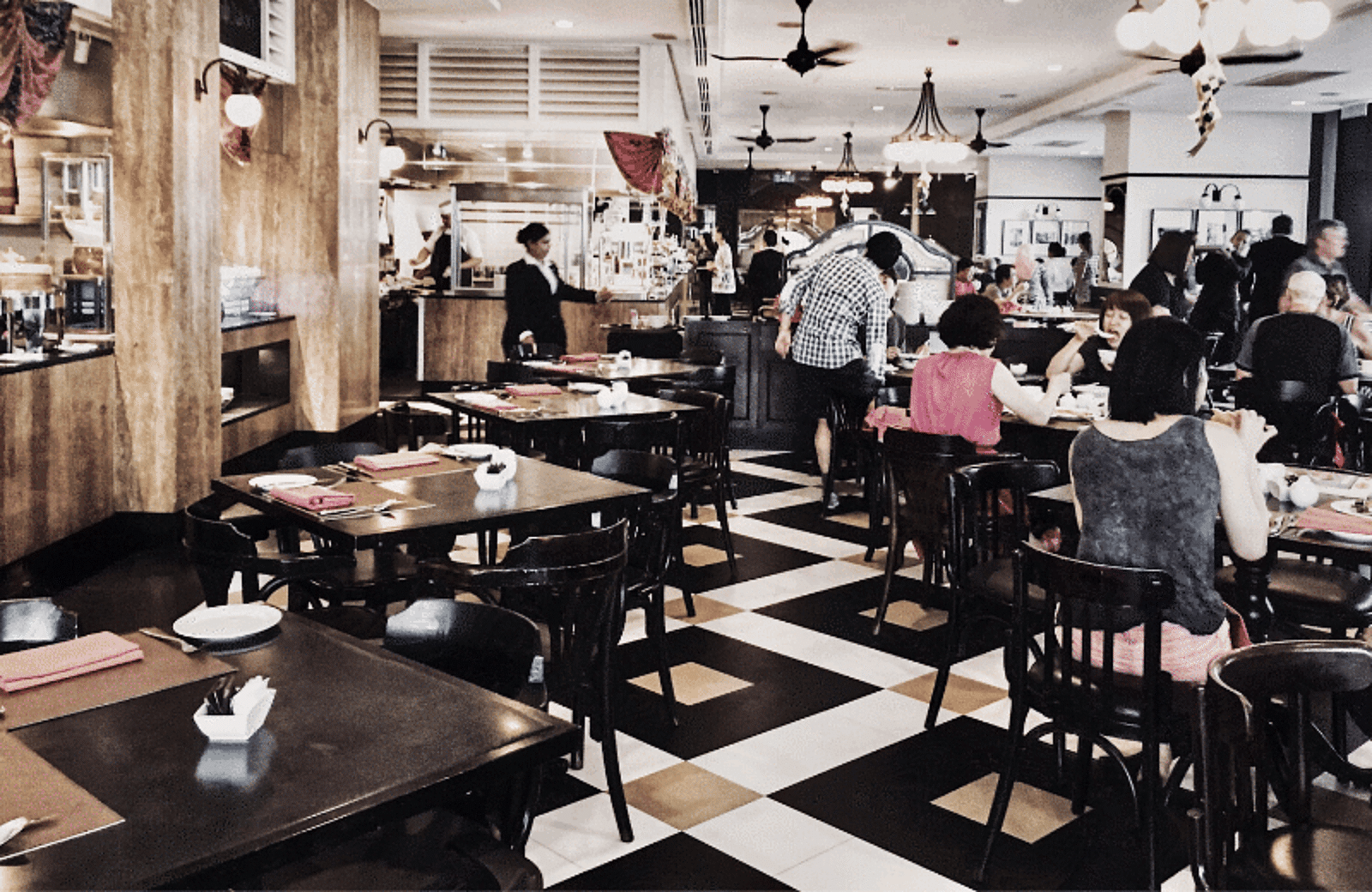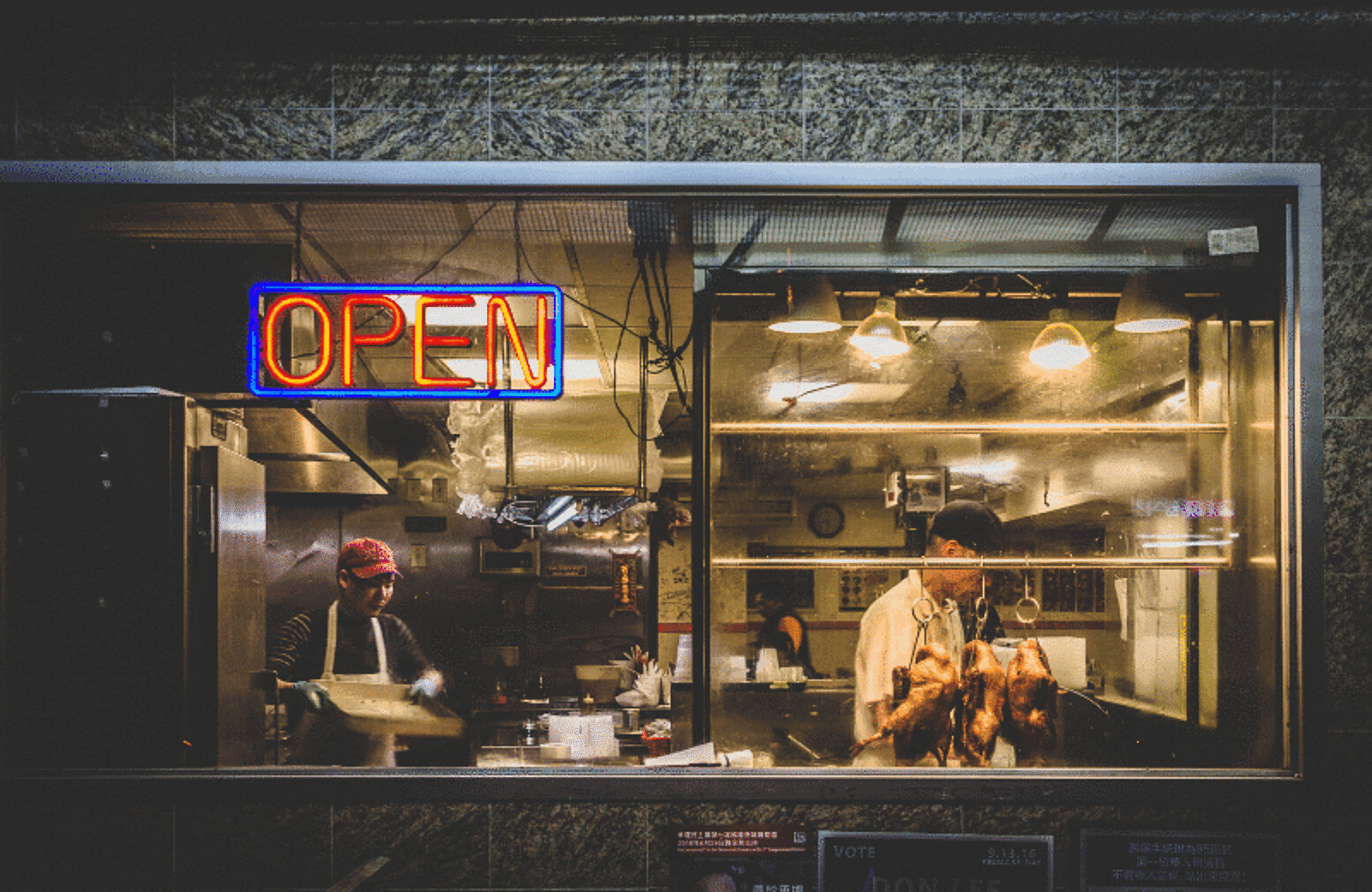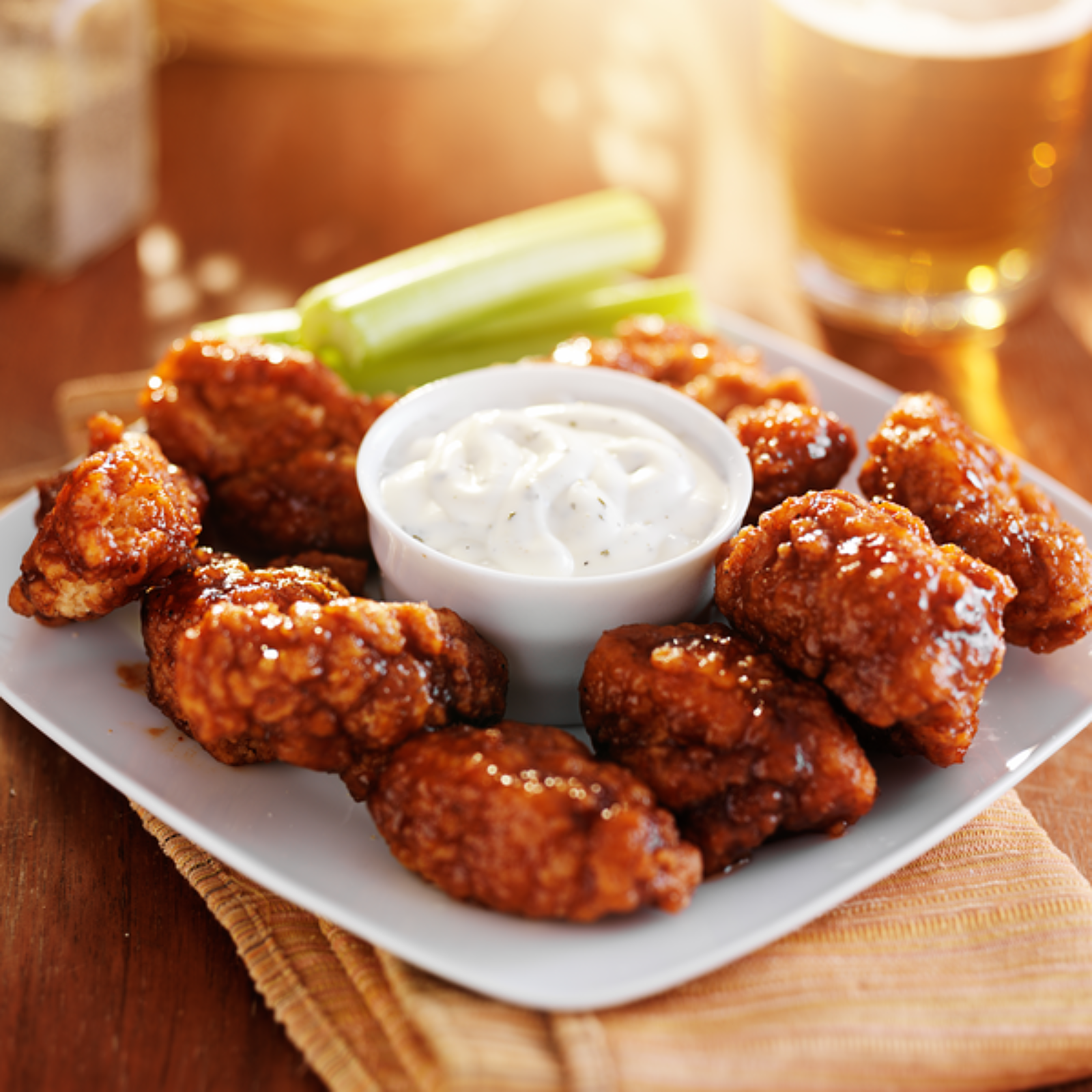
How to Manage a Restaurant Balance Sheet
Learn how to create and manage a restaurant balance sheet to assess and improve your restaurant's finances.

Nick PerryAuthor


Balance Sheet Template
This template will help you forecast short and long-term cash flow and assess the overall financial health of your restaurant.
Get free downloadWhat’s your “I opened because” story? Whether it was a passion for food and drink, a genuine knack for hospitality, a history of working in the industry, or because it’s what your family does, you saw a chance to marry your passions with a reliable source of income.
Unfortunately, it’s traditionally pretty hard to make money running a restaurant: The average restaurant profit margin is between 3-5%. The reason why you hear the phrase “razor thin margins” closely follow any mention of owning a restaurant is because it’s true. From labor costs, to food costs, to real estate costs, to marketing and advertising costs, the operational overhead rate for restaurants can be downright staggering.
How can you increase your margins and put a little padding in your pocket? By taking control of your restaurant costs and keeping a close eye on both your restaurant profit and loss statement and restaurant balance sheets.
This post focuses on how to create and maintain a balance sheet for your restaurant, but a discussion about balance sheets wouldn’t make sense without touching on profit and loss statements: what they are, what they tell you, and why you should keep them updated.
The Guide to Restaurant Sales
In this Guide to Restaurant Sales, you’ll learn the metrics you need to measure to understand the financial health of your restaurant. Plus, you’ll get tons of great ideas that’ll help you learn how to improve sales in your restaurant.

The Quick and Dirty about Restaurant Profit & Loss Statements
What is a Restaurant Profit and Loss Statement?
A profit and loss statement shows a restaurant’s performance over a period of time, taking all restaurant expenses into account — from prepaid to future expenses — and weighs them against restaurant sales and the costs of goods sold.
Say you’re operating Billy’s Burger Joint. The profit and loss statement for the month of September for Billy’s will show:
How many burgers and fries were sold during the month
How much money you earned on those sales, also known as your net-revenue
How much you had to spend on your ingredients, as well as fluctuations in your ingredients — such as avocado prices or bacon prices — also known as your COGS (cost of goods sold)
How much you had to spend on labor, known as your labor cost
How much you spent on any additional, controllable operating expenses necessary to the day-to-day running of your business, like advertising, utilities, rent, etc.
It’s essential to keep an updated profit and loss statement for each month, quarter, and year to get an accurate picture of how your restaurant is performing over time.
You will also be able to tell whether a tweak made to your restaurant management strategy — like renegotiating contracts with vendors, changing up your employee scheduling strategy, or revisiting your controllable costs — was successful or unsuccessful.
How to Calculate Profit and Loss for Your Restaurant
Calculating a profit and loss statement is relatively simple. The basic formula is:
Sales - Cost of Goods Sold - Expenses = Profit/Loss
If you think those categories sound broad, you’re right. When calculating, it’s helpful to further break down costs and expenses to get a more granular understanding of what is or isn’t working for your restaurant. A common profit and sales statement might be broken out like this:
- Itemized sale breakdown
Cost of goods sold (COGS)
Expenses (labor expenses and other operating expenses)
When you have these numbers clearly laid out in front of you, it’s easier to calculate important restaurant metrics like food cost percentage, gross profit, and net profit/loss.
If you need some help getting started, Toast offers a profit and loss template to simplify the calculations. We’ve also put together this helpful guide to walk you through reading a profit and loss statement.
A profit and loss statement is a wonderful tool to lean on when evaluating and optimizing your restaurant’s operating expenses, however, it does not give the complete picture of your business’s financial health. For that, you’ll need to create and maintain a restaurant balance sheet.
Restaurant Profit and Loss Statement Template
Evaluate your restaurant's financial strengths and weaknesses with the free P&L and income statement template.

The Quick and Dirty About Restaurant Balance Sheets
What is a Restaurant Balance Sheet?
A restaurant balance sheet lists out a restaurant’s assets, liabilities, and equity at a given point in time. This statement can be used to forecast short and long-term cash flow and assess the overall financial health of the restaurant.
Overall, maintaining a restaurant balance sheet allows you to simultaneously verify the accuracy of a profit and loss statement while getting a more holistic view of the restaurant’s financial health.
How do I create a restaurant balance sheet?
The three main line items reflected in a restaurant balance sheet are the restaurant’s assets, liabilities, and equity. Here’s what those terms mean:
Restaurant Assets are what the restaurant owns; things like cooking equipment and tools, inventory, or cash on hand.
Restaurant Liabilities are like expenses and represent what the restaurant owes, like outstanding vendor bills, leases on property or equipment, and loans.
Restaurant Equity refers to the division of ownership of the restaurant business; stock is the most common form of equity. Although most restaurants are not trading on the New York Stock Exchange, a balance sheet helps you analyze different investors’ stakes in the restaurant.
How are assets, liabilities, and equity related? Here’s a formula that breaks it down pretty simply:
Liabilities + Equity = Assets
Like the expense categories outlined in a profit and loss statement, the way we’ve described what to include in a restaurant balance sheet until now has been pretty generalized. When making a restaurant balance sheet, you will want to break the three main categories – assets, liabilities, and equity – into sub-categories and subcategories within those sub-categories in order to get a deeper understanding of your restaurant’s finances, like so:
Assets
Assets are typically broken into three categories: liquid assets, non-liquid assets, and intangible assets.
Liquid Assets are ones that can be easily converted into cold hard cash, like petty cash, the funds in your bank account, liquor inventory, food inventory,
Non-Liquid Assets, as the name implies, cannot be easily converted into cash. Examples include land, buildings, furniture, kitchen equipment, and bar equipment.
Intangible Assets are neither liquid nor non-liquid, but have a clearly assertable market value. Examples include franchise agreements, copyrights, trademarks, and patents.
In a restaurant balance sheet, you would fit your liquid, non liquid, and intangible assets into two sub categories: current assets and fixed assets.
Current assets refer to cash and other assets that are expected to be converted to cash within a year. This is where your liquid assets should be reflected.
Fixed assets are assets which are purchased for long-term use and are not likely to be converted quickly into cash, such as land, buildings, and equipment. This is where your non-liquid and intangible assets should be reflected.
Liabilities
Liabilities are broken into two main categories: Current liabilities and Long-term liabilities.
Current Liabilities refer to any external financial obligations the restaurant is responsible for satisfying within one year, like utilities, short-term loans, interest on those loans, lines of credit, building rent, equipment rent, wages, income tax deductions, or medical plan payments for their employees.
Long term Liabilities refer to any external financial obligations the restaurant is responsible for satisfying, but not within the next 12 months, like a long-term lease, deferred income taxes, deferred revenues, or capital leases. Long term liabilities aren’t that common in restaurants, but if they apply to your restaurant make sure to include them in your balance sheet.
Equity
As outlined in the formula above, equity refers to what’s left to divvy up after you subtract your restaurant’s liabilities from your assets. Equity is what you take home, formally known as your retained earnings.
In your restaurant balance sheet, leave a row for equity, but you will not know your equity until you have first outlined all of your assets, all of your liabilities, then subtracted those liabilities from the assets.
Example of a Restaurant Balance Sheet
If you’re a visual learner like myself, here’s an example of a restaurant balance sheet:

Download the Restaurant Balance Sheet Template
Once broken out into sub-categories, and combined with your profit and loss statement, the restaurant balance sheet can help you perform extremely nuanced analysis and glean better business insights for your restaurant.
Creating a clean, clear restaurant balance sheet can help you get a complete picture of any debts you may have taken on to launch the restaurant and build a coherent strategy to become profitable. In the case of Billy’s Burger Joint, we saw how the cost of labor and ingredients affected one another on the profit and loss statement.
After making a change, Billy’s Burger Joint may see an increase in profits but without a restaurant balance sheet, the management team at Billy’s Burger Joint would not be able to gain a complete understanding of short- and long-term cash needs or be able to competently pay out vendors or investors.
Keep an eye on the numbers
Profit and loss statements and restaurant balance sheets are essential documents for understanding your restaurant’s current financial health and identifying cost savings opportunities to improve your margins. With the help of both a restaurant profit and loss statement and a restaurant balance sheet – because remember, one can’t live without the other – you’ll be able to improve your restaurant’s profitability beyond the average 3-5% add a little extra padding to your pocket.
Related Restaurant Financial Resources

Is this article helpful?
DISCLAIMER: This information is provided for general informational purposes only, and publication does not constitute an endorsement. Toast does not warrant the accuracy or completeness of any information, text, graphics, links, or other items contained within this content. Toast does not guarantee you will achieve any specific results if you follow any advice herein. It may be advisable for you to consult with a professional such as a lawyer, accountant, or business advisor for advice specific to your situation.
Read More
Subscribe to On the Line
Sign up to get industry intel, advice, tools, and honest takes from real people tackling their restaurants’ greatest challenges.



